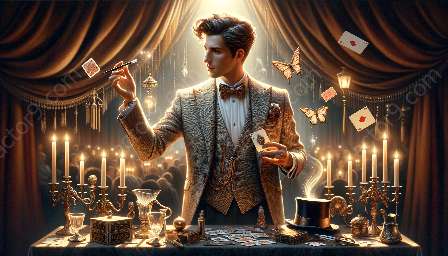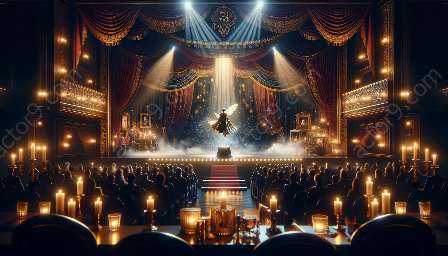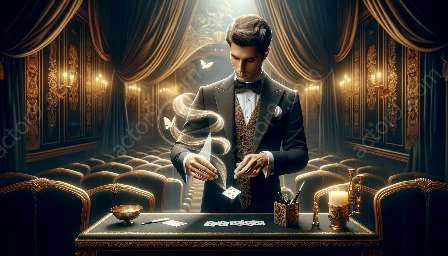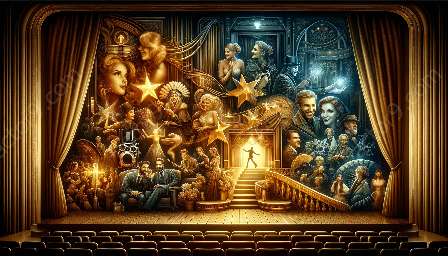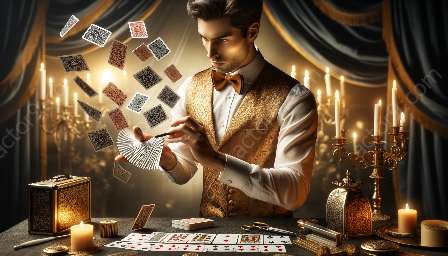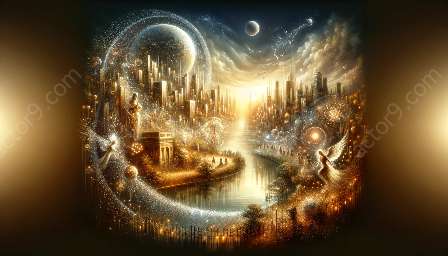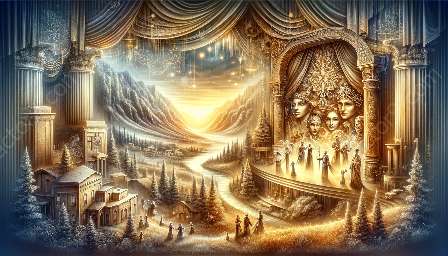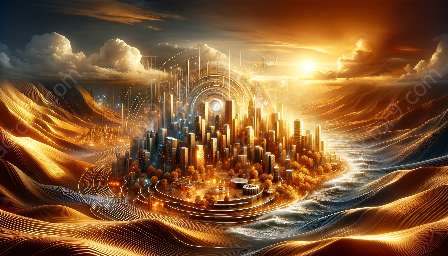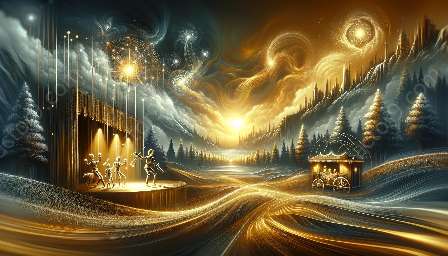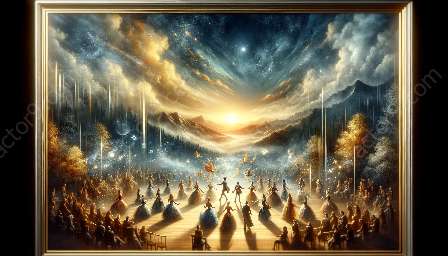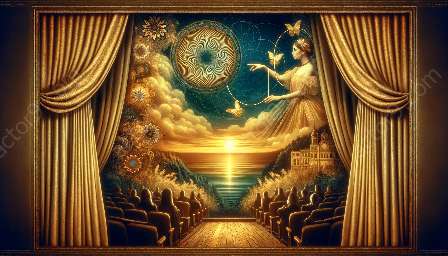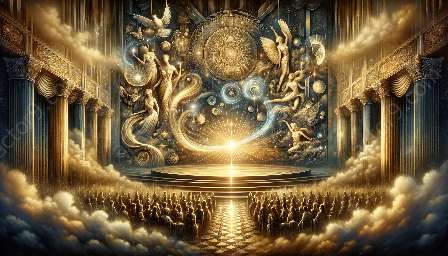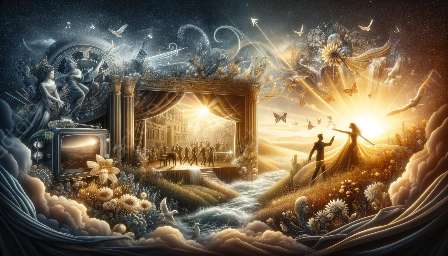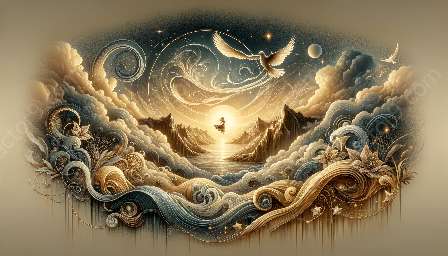Stage illusions have been captivating audiences for centuries, enchanting them with the art of deception and wonder. The historical roots of stage illusions in entertainment span across cultures and time periods, showcasing the enduring appeal of magic and illusion as forms of entertainment.
Ancient Civilizations: The Birth of Illusion
The origins of stage illusions can be traced back to ancient civilizations such as Egypt, where magicians and sorcerers astounded audiences with mystical feats. The concept of using sleight of hand, misdirection, and optical illusions to create awe-inspiring spectacles was born in these early societies, setting the stage for the development of magical entertainment.
The Middle Ages: Mysticism and Theatre
During the Middle Ages, magic and illusion became intertwined with religious mysticism and theatre. Illusionists, often associated with the occult, used their skills to entertain and mesmerize audiences, blurring the lines between reality and fantasy. The theatrical performances of the time incorporated elaborate stagecraft and mechanical contrivances to create illusions with an air of enchantment and mystery.
The Renaissance: The Birth of Modern Magic
The Renaissance marked a pivotal era for the evolution of stage illusions, as the art of magic began to take on a more structured and systematic approach. Magicians such as Jean Eugène Robert-Houdin and Giovanni Giuseppe Pinetti gained renown for their innovative techniques and performances, laying the foundation for what would become modern magic shows. The use of props, elaborate costumes, and skilled manipulation of perception became central to the art of stage illusions, captivating audiences with the allure of the impossible.
The Golden Age of Magic: Vaudeville and Grand Illusions
In the 19th and early 20th centuries, stage illusions experienced a renaissance of their own, as vaudeville and variety shows brought magic to the forefront of popular entertainment. Illusionists such as Harry Houdini and Howard Thurston dazzled audiences with grand illusions, death-defying escapes, and elaborate stage spectacles that exemplified the height of theatrical enchantment. The integration of technology, such as electricity and the invention of new mechanical contraptions, allowed magicians to push the boundaries of what could be achieved on stage, captivating and inspiring generations of audiences.
Modern Magic: Innovation and Spectacle
Today, stage illusions continue to captivate and inspire, as magicians around the world push the boundaries of what is possible. From the grand spectacles of Las Vegas magic shows to intimate theatrical performances in smaller venues, the art of deception and wonder remains a timeless form of entertainment. With the advent of cutting-edge technology, such as augmented reality and holographic displays, magicians have expanded their repertoire, creating experiences that blend the traditional art of stage illusions with modern innovation, ensuring that the magic continues to captivate audiences for generations to come.


